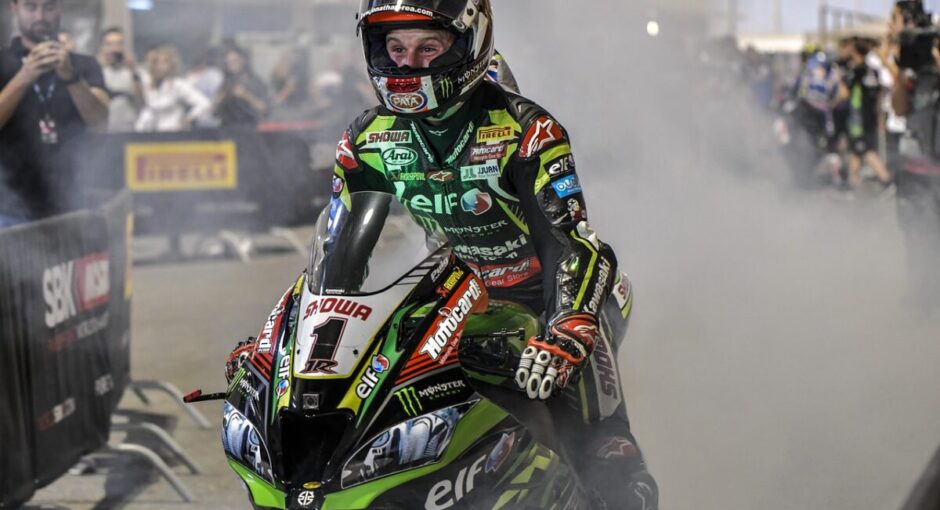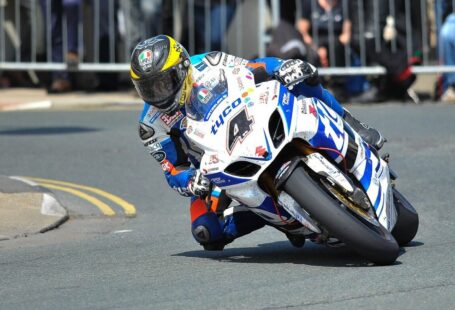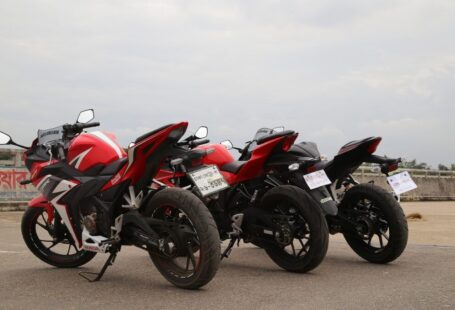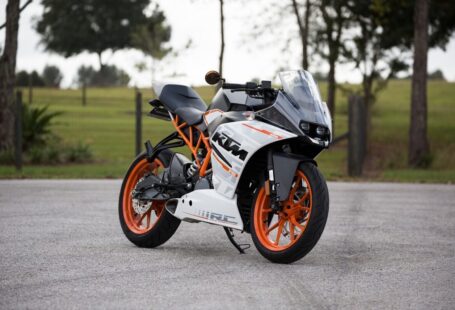Traction on dirt is limited—AMA flat-track racing is a spec-tire series. Gray referred to the rear as “the 70-hp tire, ” so a dirt-track engine has to provide smooth controllable torque to allow the rider to get the most from what grip there is.
Committing to a project this compressed and ambitious required confidence, not only that the design would be right, but that reliable suppliers could be found to produce every last part by the end of April. Remembering the troubles the Kenny Roberts team had in getting parts made in England’s Banbury “Formula 1 district” made me realize why SwissAuto has been so important to Polaris; they not only have high-level design and development experience; they also have the essential tight network of relationships with nearby competent suppliers.
Polaris-SwissAuto Senior Chief Engineer Urs Wenger made another important point: To succeed in so short a time, this had to be a low-risk design. Risk assessment is central to engineering, for if a new concept or material fails to behave as predicted, development stops while solutions are devised and costs mount up.
Another voice in the design process was that of AMA Pro Racing, urging that no cost-boosting “exotic materials” be used. Accordingly, the FTR engine has steel valves and steel connecting-rods, and is planned to have a 30-hour service interval. Compare with a top Harley-Davidson XR-750’s need for a fresh crank or big-end bearing assembly every national.
The competition has no brand-new engine designed just for racing. Harley’s classic and 43-year-old, race-only pushrod two-valve XR-750 is banging on the limit of its development, and its replacement, the prototype four-valve XG750R now being ridden by Davis Fisher, is based on the production Street 750 engine of 85.0 x 66.0mm bore & stroke. The most numerous engine in the Sacramento paddock was the 83 x 60.0mm Kawasaki Ninja 650R parallel-twin—another modified production engine (boring and stroking are now permitted to reach the class limit, plus an optional .045” overbore). Although there’s been a lot of talk about Yamaha coming into flat-track with an FZ-07-based engine of 80.0 x 68.6mm bore & stroke, and a prototype FT-07 has been shown in a custom frame, only privately-built examples such as Babe DeMay’s have been run at the races.
Wenger explained that the beginning of design was to size the valves required for airflow at the desired rpm. Valve sizes dictate bore size. Engine durability requires liquid cooling and plain journal main and rod bearings. The FTR has them. The use of four smaller valves per cylinder allows the accurate valve control essential as engines, geared to accelerate off the corners, must overrev at the ends of the straights. Although the Indian FT engine makes its power at 10, 000, we saw at least 11, 400 in a demo dyno run. At its 10, 000-rpm power peak, the FT’s peak piston acceleration is only half that of a World Superbike ZX-10R, and up at 11, 400 it’s still only 65 percent. That’s low-risk design, providing for higher revs and higher power if needed.
A major goal of this engine’s design is compactness, giving freedom to locate it wherever it needs to be in its frame. The narrow 53-degree V-angle pulls the cylinders together, and tilting them about 20-degrees rearward allows the engine to move forward if testing shows it has a desirable effect on handling.
A vertically split sand-cast crankcase carries the two short Nikasil-lined cylinders (saves pounds of weight over iron liners and transmits heat better) and lightweight heads. Each head’s four valves are at a narrow 23-degree included angle, allowing piston tops to be nearly flat. Combustion chambers are fully machined, giving a 14.0:1 compression ratio. A rule of thumb is that peak combustion pressure in psi is compression ratio times 100, making this a prime determinant of engine torque. Coolant circulation is provided between each pair of exhaust valves and ports, preventing the temperature-driven creep that in many air-cooled engines has led to exhaust seat distortion and leakage.
Vibration not only breaks things, it tires riders. When you counterweight 50 percent of a single’s reciprocating weight (piston, rings, wristpin and small-end of the rod) the result is an imbalance vector of constant amplitude, rotating opposite to the crank. To cancel this, each end of the single-crankpin porkchop-style crank carries a gear that drives a counter-rotating balancer above it at crank speed, canceling primary imbalance. Each balancer also carries a cam chain sprocket; the right-hand one drives the cams of the front cylinder, and vice-versa.
Pistons are modern raceware—nine-cavity aluminum forgings with short, high-mounted wristpin. Internal openings allow a cooling oil jet to shoot up inside one short skirt, deflect across the underside of the crown, and turn down at the opposite side. This makes it unnecessary to give domes enough thickness to conduct all the heat to the cooler cylinder walls. Light pistons trigger a benefit cascade—a lighter rod, lighter crank counterweights, and smaller-diameter rod and main bearings.
Ignition is by single central spark plug and engine management is by MBE, a motorsports specialist in Gloucestershire, England.
Source: www.cycleworld.com



